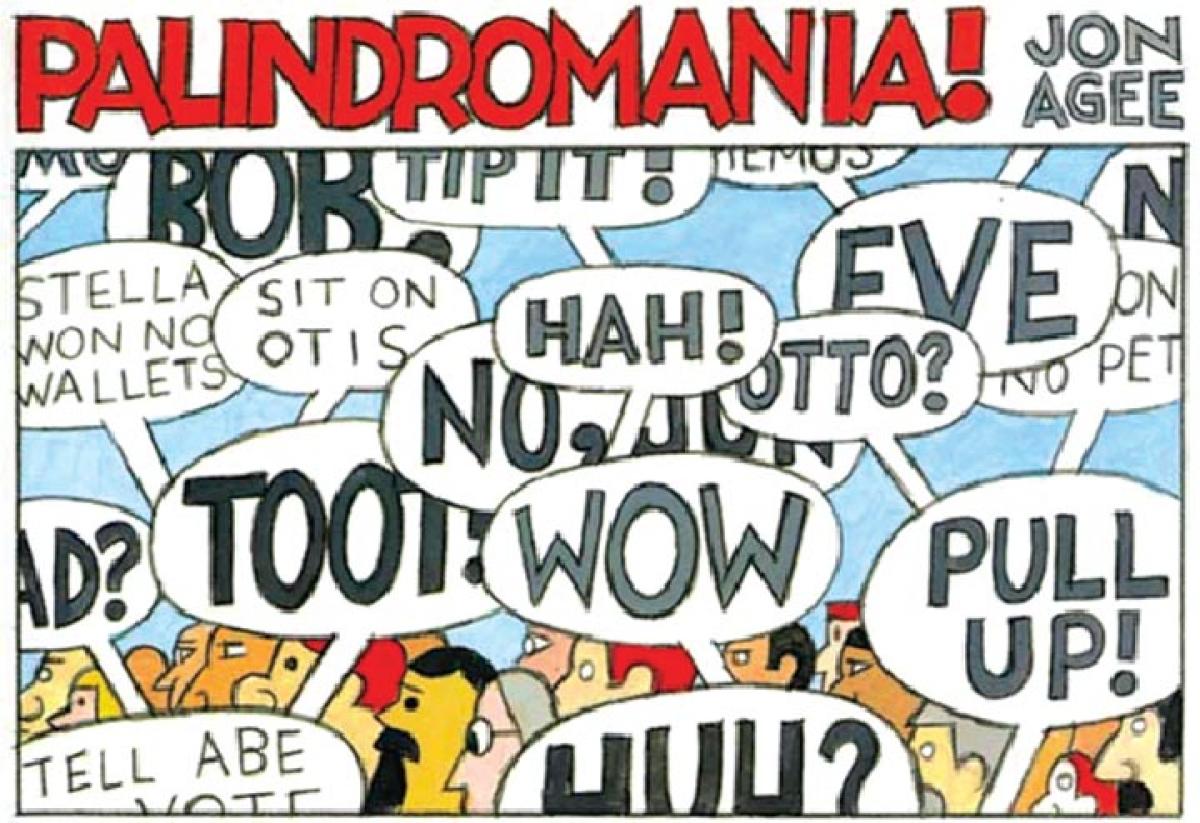Whys & Wherefores

A Palindrome is a word, phrase, number, or other sequence of characters which reads the same backward or forward. The word \"palindrome\" was coined by the English playwright Ben Jonson in the 17th century from the Greek roots \'palin\' which means \'again\' and \'dromos\' which means \'way or direction. Allowances may be made for adjustments to capital letters, punctuation, and word dividers.
Sir, What is a palindrome?
A Palindrome is a word, phrase, number, or other sequence of characters which reads the same backward or forward. The word "palindrome" was coined by the English playwright Ben Jonson in the 17th century from the Greek roots 'palin' which means 'again' and 'dromos' which means 'way or direction. Allowances may be made for adjustments to capital letters, punctuation, and word dividers.
Examples in English include "A man, a plan, a canal, Panama!", "Amor, Roma", "race car", "stack cats", "step on no pets", "taco cat", "put it up", "Was it a car or a cat I saw?" and "No 'x' in Nixon". Some well-known English palindromes are, "Able was I ere I saw Elba", "A man, a plan, a canal – Panama!", "Madam, I'm Adam" or "Madam in Eden, I'm Adam", "Doc, note: I dissent.
A fast never prevents a fatness. I diet on cod" and "Never odd or even". Scots poet Alastair Reid is credited with a palindrome of truly stunning length and elegance: "T.Eliot, top bard, notes putrid tang emanating, is sad; I'd assign it a name: gnat dirt upset on drab pot toilet."
K.Prabhakar Reddy, Dubai















